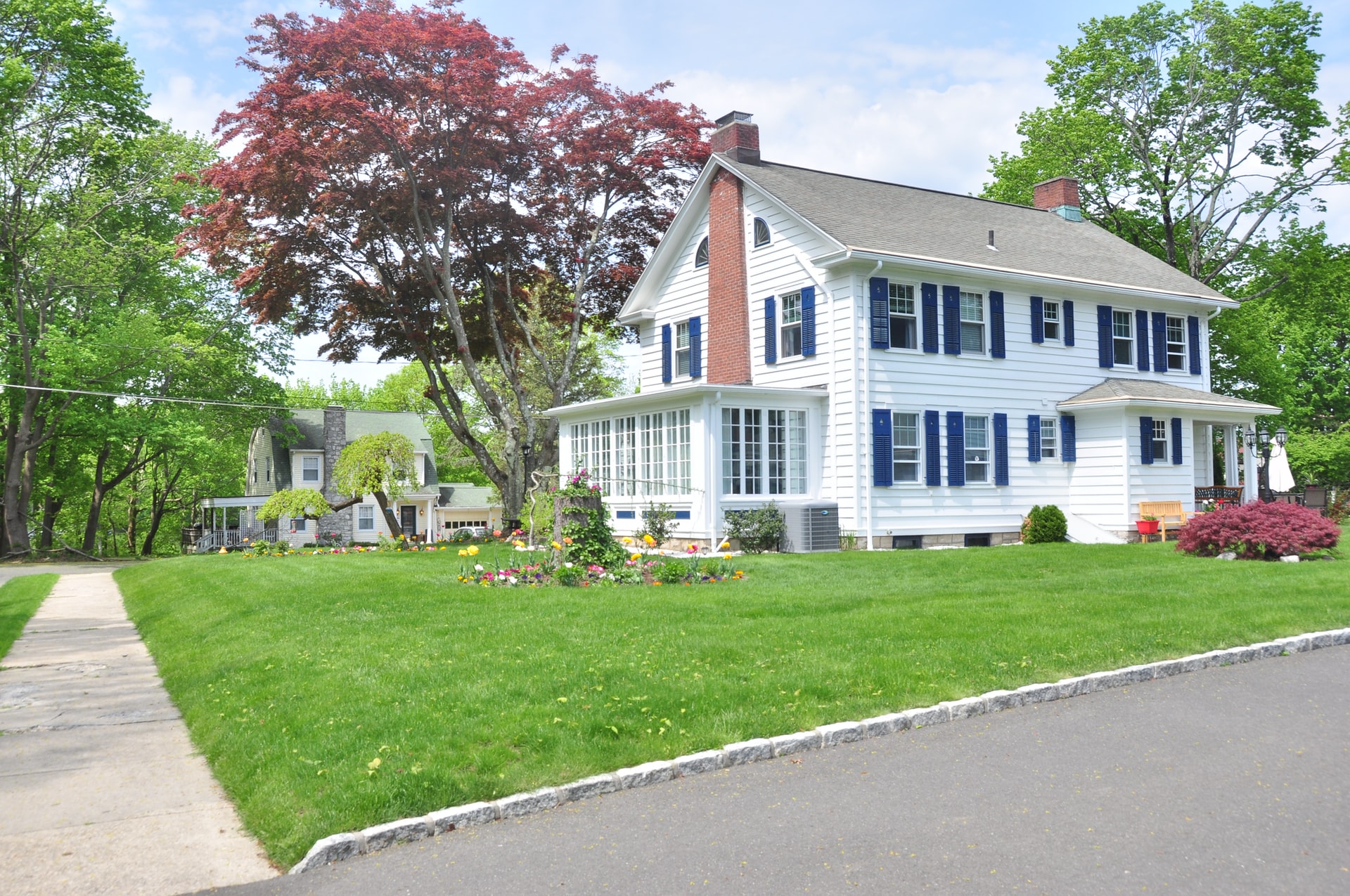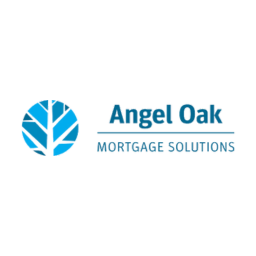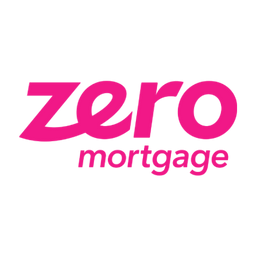Homeowners use reverse mortgages to tap into home equity. These consumers turn into the bank and collect monthly payments on their equity. While this seems attractive at first glance, reverse mortgages have many downsides.
What is a Reverse Mortgage and How Does It Work?
Each mortgage payment gives you more equity in your home. If you fully pay off the mortgage, you become debt-free on your home, and your cost of living will be substantially less. Homeowners can also tap into their equity for purchases, funds, or any other reason. You may have heard about a home equity line of credit. These lines of credit let you borrow against your home. Some investors use it for another down payment or home repairs. You may also use a home equity line of credit on a vacation or any personal expense.
Reverse mortgages follow the same idea. You borrow against your home and receive funds. Some reverse mortgage plans provide a lump sum payment while others payout monthly, just like a mortgage in reverse.
When Is a Reverse Mortgage Worth It?
Reverse mortgages, also known as HECM loans, work for some people but have many downsides. If the following apply, a reverse mortgage may be a good idea.
- Your Spouse is 62 or Older: Reverse mortgages are only available if one of the homeowners is 62. If you are younger than 62 years old, your spouse will have to be 62 years or older to qualify for the loan. The reverse scenario also applies if your spouse is not 62 or older.
- You’re Not Planning On Moving Soon: A reverse mortgage can keep you in place instead of forcing you to move to a more affordable area. Paying rent has its issues because you don’t gain equity, and rent prices increase each year.
- You Can Pay For the Costs of Home Ownership: Depending on your reverse mortgage plan, the monthly payments may cover your other living expenses. Getting a passive income stream adds more financial certainty to your life.
- You Consider Your Home as Just an Asset: Viewing your home as an asset makes you more prepared for the downside. Understanding the downsides before getting a reverse mortgage and treating your home as an asset can improve your approach to reverse mortgages.
- Interest Rates Are at a Record Low: Interest rates impact how much money you owe on the reverse mortgage. Lower interest rates let you keep more of your money without worrying as much about building debt. Higher interest rates make people warier about getting into debt.
Downsides to a Reverse Mortgages
We’ve discussed some of the reasons to consider a reverse mortgage. However, these loans have significant downsides to consider. We’ll talk about a great solution soon, but here are some downsides to consider for people on the fence.
It Isn’t Free, There Are Costs Involved
Every reverse mortgage payment is riddled with fees that leave you with fewer dollars. Before receiving your first payment, you will have to pay an origination fee ranging between $2,500 and $6,000. The expenses won’t go away after the origination fee. You will have to pay mortgage insurance premiums and an additional mortgage premium. Reverse mortgages can provide consistent cash flow, but the financing can come at a high cost. Assess origination fees and premiums before using this financing.
Loan Balance Increases Over Time
Most people use reverse mortgages to afford living expenses as they get older. It’s a way to tap into the equity you’ve built into your home for decades. Most people using reverse mortgages don’t make enough money to recoup their home equity. If you borrow against your home, you will owe interest. This interest will accumulate and take more equity out of your home. Combine that with recurring reverse mortgage payments, and the loan balance can soar over time.
Variable Interest Rates
You can use a fixed-rate mortgage, but then you can’t tap into as much equity. Many borrowers use variable interest rate loans because they want a larger lump sum or access to higher monthly payments. You can get away with variable interest rates in a low-interest environment, but costs can rise substantially in an unfavorable economic environment. A single percentage point on the interest rate can add hundreds of dollars to your monthly expenses. The Fed is poised to raise interest rates several times in 2022 to combat inflation, making variable interest rate loans riskier than fixed-rate loans. Variable interest rate loans are beneficial if interest rates decline, but the current economic outlook suggests higher interest rates in the future.
No Tax Deduction
Homeowners are used to deducting interest payments from a traditional mortgage, but reverse mortgages don’t offer the same advantage. You can’t deduct interest on your loans until you pay off the loan. Borrowers won’t get taxed on reverse mortgage payouts since they come from a loan, but you won’t receive any tax advantages.
It Could Impact Your Retirement Benefits
A reverse mortgage can impact retirement benefits such as Medicaid. Many people rely on nursing homes as they get older and use Medicaid to cover the bill. Medicaid applicants will get rejected if they own homes or fit other parameters. Reverse mortgages keep you in your home, still making you a homeowner in the process. You can sell your home if that time arrives, but some people prefer to rent instead to avoid the hassle. However, rent has disadvantages, such as a rising cost of living and less control.
May Reduce Your Heirs’ Inheritance
Many seniors try to preserve funds to protect the inheritance of their family members. It’s the primary reason some people build up their portfolios. Seniors also need to afford living expenses, and reverse mortgages achieve that goal. These mortgages will reduce your heirs’ inheritance since they tap into your home’s equity.
You could recoup the equity by paying back the loan, but most people don’t take our reverse mortgages with the intent of paying it back. Homeowners hope they don’t outlive the reverse mortgage payments and that the costs get recouped when their heirs sell the home in the future.
Your Home Can Be Foreclosed
A reverse mortgage loan won’t protect you from foreclosure. Borrowers receive extra funds that reduce the likelihood of a foreclosure, but it’s still possible. You can still lose your primary residence if you fall behind on any of the following payments:
- Property taxes
- Homeowners insurance
- HOA fees
You can also lose your home if you outlive the reverse mortgage. At some point, lenders will approach you and ask about the money. Making progress with loan payments can keep them away, but after years of receiving reverse mortgage payments, repaying the loan while still alive can be challenging.
Access Your Home Equity as an Alternative to Reverse Mortgages
It’s easy to understand why people take out reverse mortgages. They need extra money to cover expenses and want to retire sooner. However, a proprietary reverse mortgage puts you in debt, and you may have no way to pay back the loan if you outlive the payouts.











